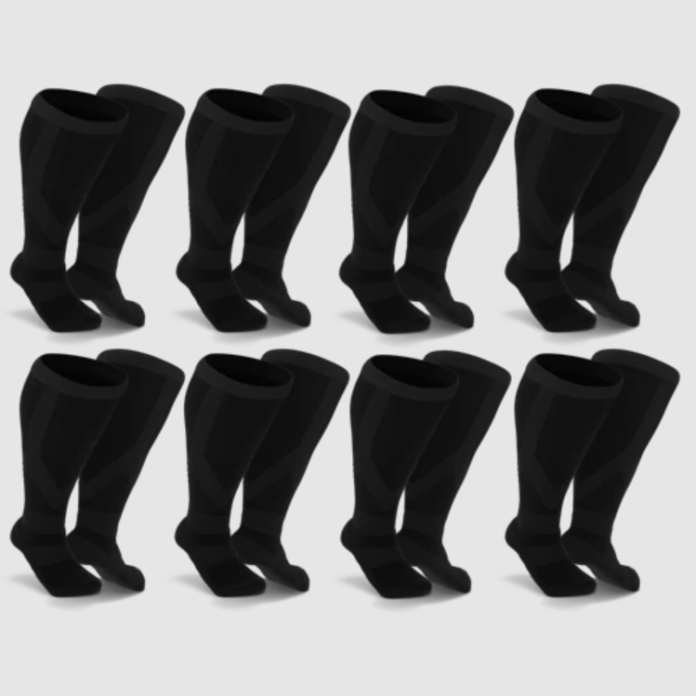Compression socks are undoubtedly something you’ve heard of, and you wonder if they are right for you. Compression socks have many people wondering what they are and how they function. What are compression socks, how do they work, and what are the benefits of using diabetic compressions socks for diabetes? That’s what we cover in this piece.
carfinlease | selcuksportslive | sportsmoneytalk | bizmarketpros | kibhologin
To understand how compression works, we must first understand what it is
Compression aids in improved circulation, which improves your overall health. As your heart pumps your blood throughout your body, it returns to your heart, and the cycle begins again. Pressure is applied to specific areas in the body to aid in blood movement towards the heart. Cold feet, peripheral arterial disease, or more significant circulatory issues may be familiar. It improves your blood flow which helps to alleviate these symptoms and reduce them from intensifying.
Make sure that the compression you buy is graded medical grade to get the most benefits. Graduated compression socks begin at the ankle and gradually diminish in reduction as they move up the leg. Increasing blood flow to your heart is made more accessible by doing this. As a side benefit, better circulation can alleviate symptoms such as fatigue, soreness, varicose and tarantula veins, and other, more serious, vein disorders.
When it comes to diabetes, how might compression therapy be beneficial?
Some of the more typical signs and symptoms of diabetes may show up for you. Diabetic neuropathy, one of its symptoms, causes numbness and tingling in the extremities. This is due to nerve and blood vessel injury. This means that your feet won’t be affected by heat, cold, cuts, or blisters. Cuts and sores can quickly become infected in people with diabetes, posing a significant threat to their health. Your legs and feet will benefit from wearing compression socks since they will stay cleaner and safer.
To avoid blisters, most diabetic compressions socks feature non-irritating seams. Use compression socks to speed up the healing process of any wounds or sores on your feet and ankles. Several diabetic pressure socks are constructed with antibacterial or moisture-wicking fabrics, which assist in keeping your feet dry and eradicating any bacteria. People with diabetes benefit significantly from the different characteristics of these socks, making it easier for them to care for their feet properly.
Diabetes can also cause impaired blood flow, which is a typical symptom. Cerebrovascular disease, venous dysfunction, Deep Vein Thrombus formation (DVT), and other venous disorders are common among people with diabetes because of the disease’s impact on circulation. A cut or sore could take longer to heal if you have poor circulation. For people with diabetes, this can be a life-threatening issue. People with diabetes are also more likely to develop deep vein thrombosis (DVT). Dehydration can result from high glucose levels. A deep vein thrombosis, or DVT, can develop due to severe dehydration. Compression socks can help prevent deep vein thrombosis (DVT) because they open the valve in your legs, allowing greater blood flow. Compression stockings also help prevent the occurrence or worsen any other venous problems.
Poor blood flow to the legs and feet of diabetics can cause unpleasant oedema. Swelling and discomfort can be reduced by wearing compression socks. Wearing compression socks and stockings all day will keep your feet and legs feeling fresh and energised.
AceHighClub | CasinoCrazes | Playitbigs | CareToBeFit | healthnove




